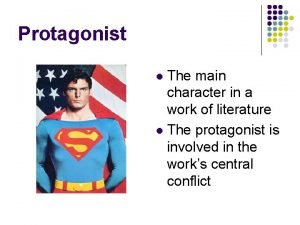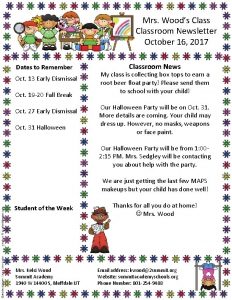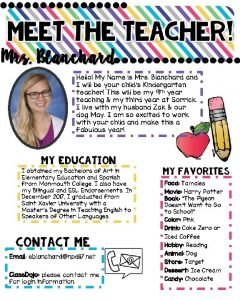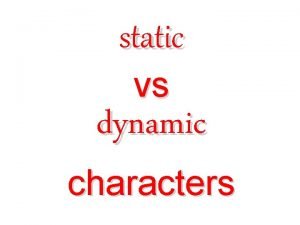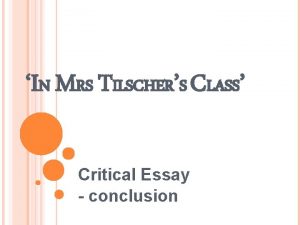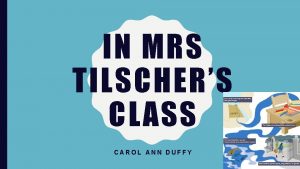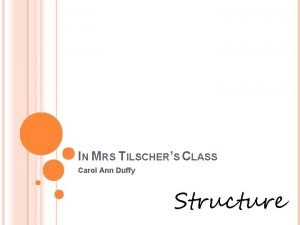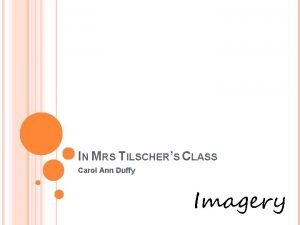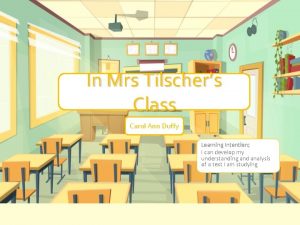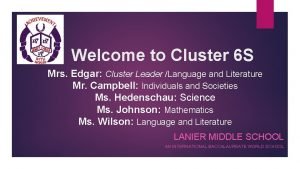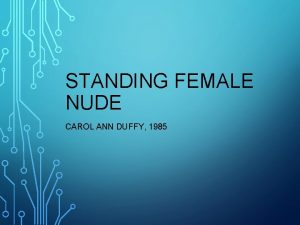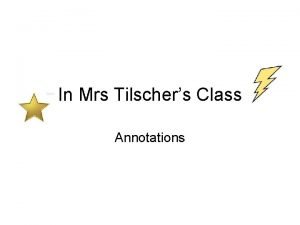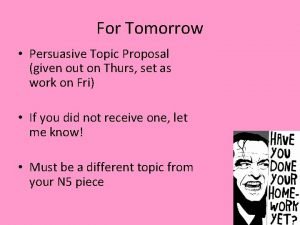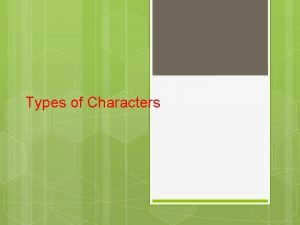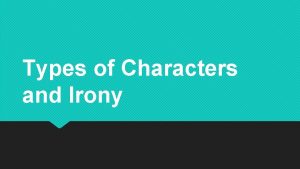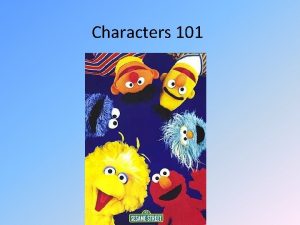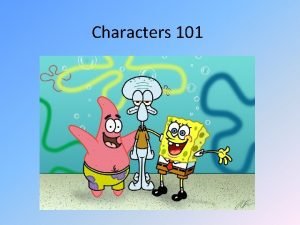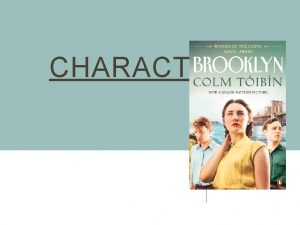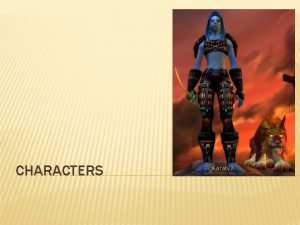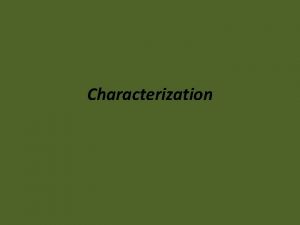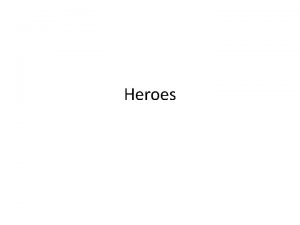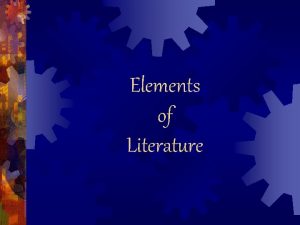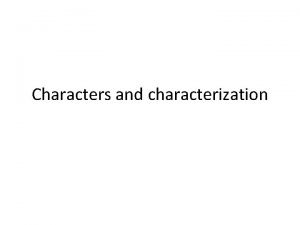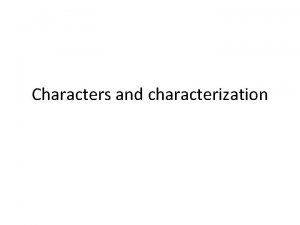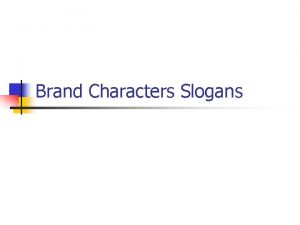Characters in Literature Mrs Harings reading class Protagonist


















- Slides: 18

Characters in Literature Mrs. Haring’s reading class

Protagonist Main character Reader/audience empathizes with Their problems move the plot & conflict forward Although they often are written as “heroes” they do NOT have to be the “good” guy or girl

Protagonist example

Antagonist Opposes the protagonist Most narratives it is the bad guy vs. good guy Protagonist doesn’t have to be the good guy. If a story is from a criminal’s point of view being chased by the cops, then the cop would be the antagonist Don’t have to be human—are the force in the conflict with the protagonist (dinosaurs, floods, asteroids)

Antagonist Example

Characterization Process in which author reveals (shows) the personality of a character Direct & Indirect

Direct Characterization Tells the audience what the personality of the character is “The patient boy and quiet girl were both well mannered and did not disobey their mother. ” Author directly telling audience the personality of these two children patient/quiet

Indirect characterization Shows things that reveal the personality of a character Five different areas to determine: S--speech T--thoughts E--effects on others A--actions L--looks

STEAL “method of” Indirect characterization Speech What does the character say? How does the character speak? Thoughts What is revealed through the character’s private thoughts and feelings? Effects What is revealed through the character’s effect on other people? How do other characters feel or behave in reaction to the character? Actions What does the character do? How does the character behave? Looks What does the character look like? How does the character dress?

Direct or Indirect? Dena was a kind, caring individual. felt so sad when she saw the hurt, little chipmunk that she began to cry. She immediately approached it to try and help it get better.

Dynamic & Static Characters Key word===CHANGE Only concerned with INTERNAL changes which occur within the character Major changes in personality Outlook in life Change in values Overall change in nature of the character

Dynamic character Is one that under goes changes during the course of the plot Changes: Insight or understanding Commitment In values

Static characters Is one that no change is applied to during the course of the story. Usually background or secondary characters or that they can serve as thematic or plot elements.

Round Character Very detailed Reader able to see & visualize all sides of this character Usually protagonists & antagonists Reader understands the motivation (they do things) of round characters & their personal perspective

Round characters In Finding Nemo, Marlin (Father) is a round character. We understand the reasons behind his attitude. We know his past, his tragedies, his feelings.

How do you know if you have a round character? You can list a lot of things about who they are, their personality, and their motivations then most likely you have a ROUND character? If you hardly know anything about them, or only one or two things stand out about them, they are FLAT.

Flat character Very simple personality- often called “one” or “two-dimensional” characters Not necessarily unimportant though Writer does NOT provide enough information for us to understand them; we only get to see one side of the character’s personality

Flat character In Finding Nemo, Bruce the shark is a flat character-he is not around very long, and we don’t really understand why he does what he does. His motivations are very simple—when he gets hungry, he tries to eat.
 What literary device is used in the lottery
What literary device is used in the lottery Pre reading while reading and post reading activities
Pre reading while reading and post reading activities Who is the protagonist
Who is the protagonist They are mrs garcia and mrs castro
They are mrs garcia and mrs castro They are mrs garcia and mrs castro
They are mrs garcia and mrs castro Mrs. darling was ___________ of mrs. s.
Mrs. darling was ___________ of mrs. s. Mrs woods class
Mrs woods class Mrs blanchard
Mrs blanchard Static versus dynamic character
Static versus dynamic character Critical essay conclusion
Critical essay conclusion Mrs tilscher's class annotated
Mrs tilscher's class annotated In mrs tilscher's class structure
In mrs tilscher's class structure Imagery in mrs tilscher's class
Imagery in mrs tilscher's class Mrs tilscher's class
Mrs tilscher's class Mrs tilscher's class annotated
Mrs tilscher's class annotated Mrs edgars class
Mrs edgars class In mrs tilscher's class genius
In mrs tilscher's class genius In mrs tilscher's class annotated
In mrs tilscher's class annotated In mrs tilscher's class annotated
In mrs tilscher's class annotated


